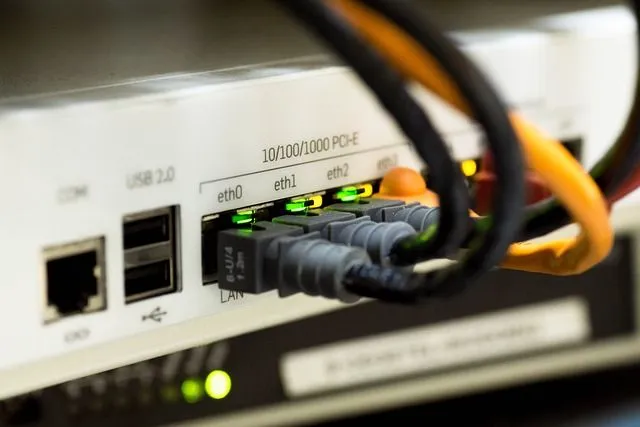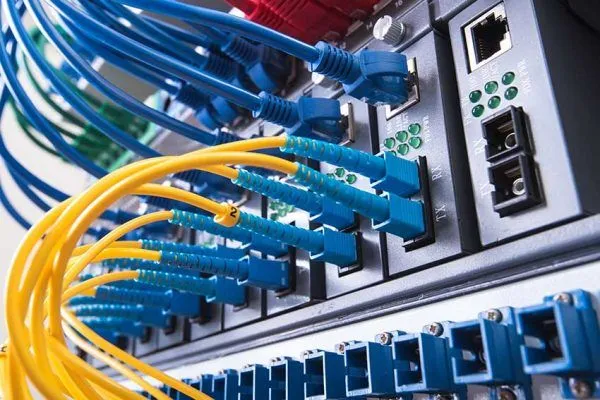
Internet Leased Line
An Internet Leased Line setup involves the installation of a dedicated, symmetric data connection between a customer and the service provider's network. Unlike broadband connections, leased lines guarantee consistent bandwidth and performance, ideal for businesses requiring reliable internet access. The setup process begins with site surveys to assess feasibility and plan routing.
Once approved, physical installation includes laying fiber optic cables or copper wires, depending on the chosen technology. Network equipment such as routers and switches are configured to establish the connection securely. Testing ensures that the line meets specified performance metrics before activation. Service level agreements (SLAs) detail uptime guarantees and response times for issue resolution, offering peace of mind to businesses dependent on uninterrupted connectivity.

 Bandwidth Options
Bandwidth Options
 Easy Upgrades
Easy Upgrades
 Flexible Contracts
Flexible Contracts
 Future-Proof
Infrastructure
Future-Proof
Infrastructure
Leased lines support high-volume data transfers, video conferencing, and other critical applications, making them indispensable for enterprises needing robust, symmetrical bandwidth for daily operations.
